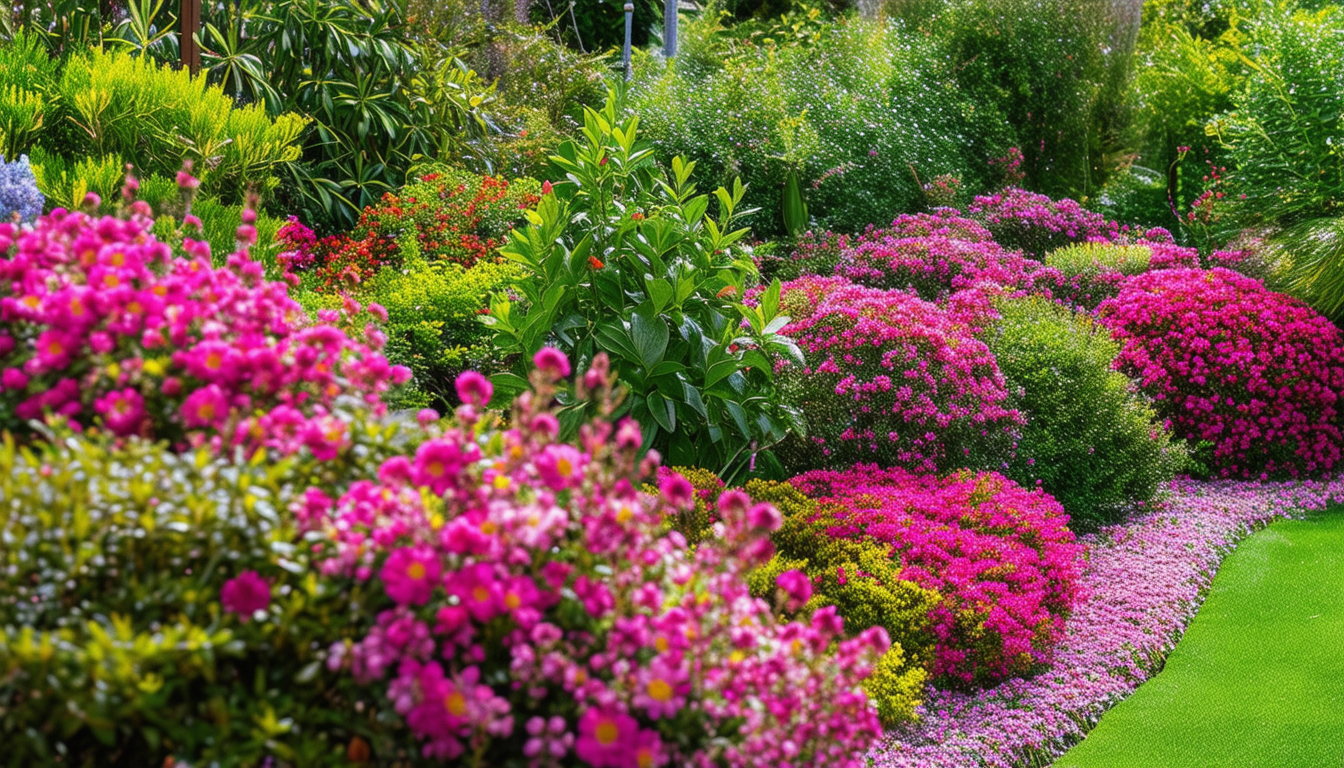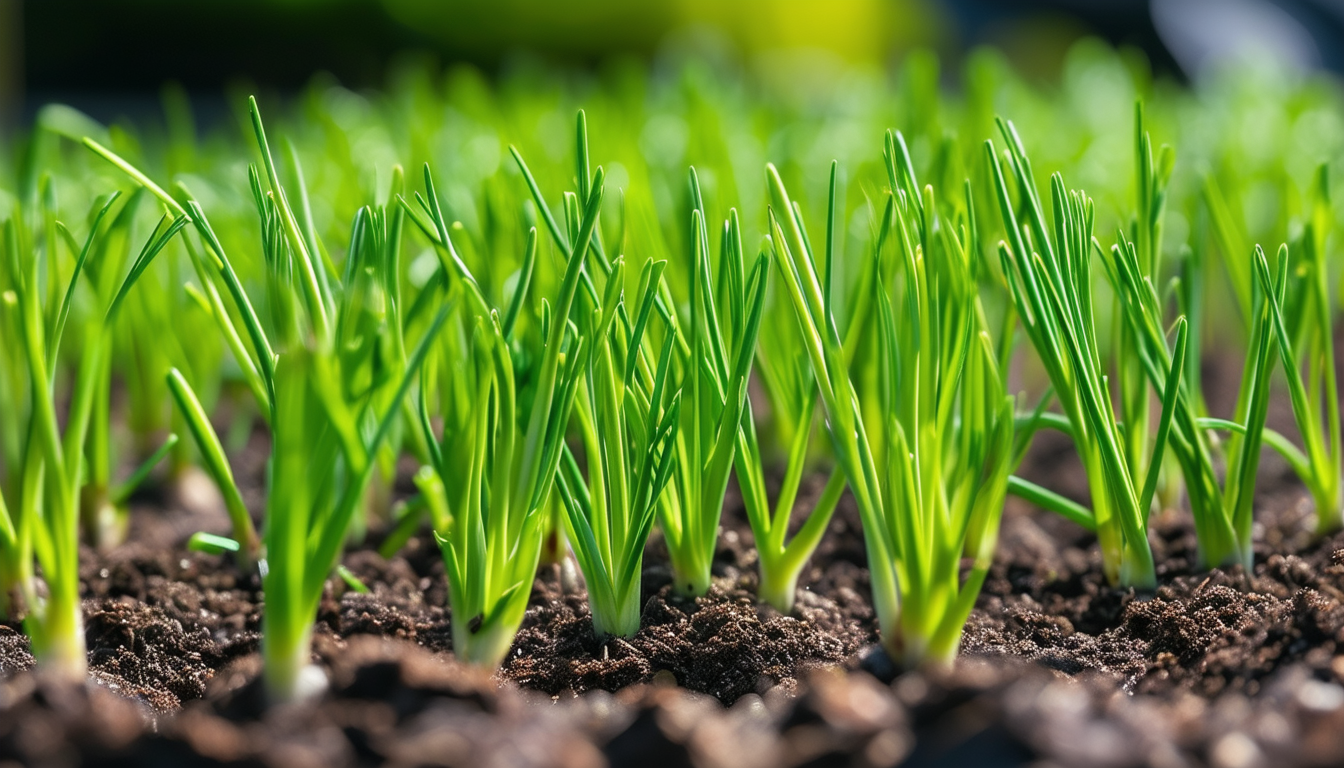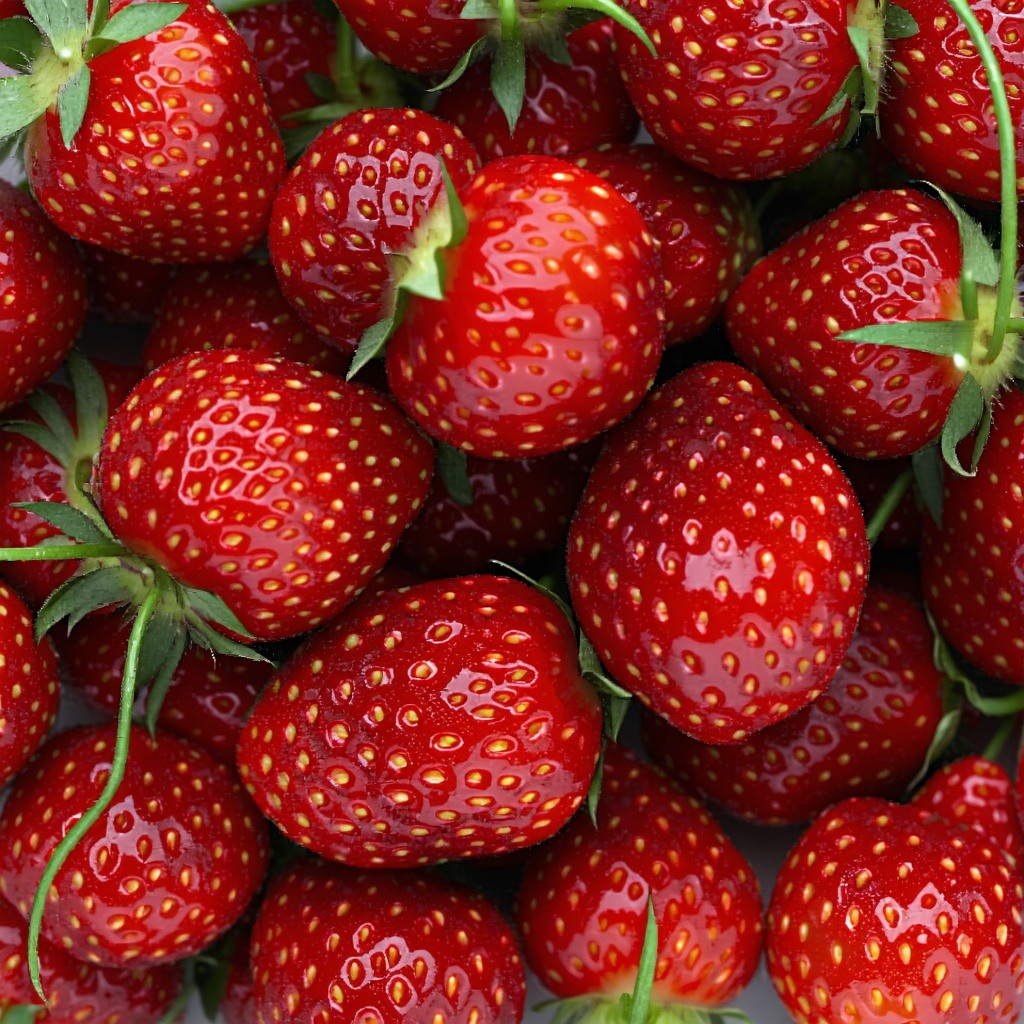
Discover how slow release fertilisers in Spring can transform the health and beauty of your shrubs and flowering shrubs, providing sustained nourishment and vibrant growth.
Understanding Slow Release Fertilisers
Slow release fertilisers are designed to provide a steady supply of essential nutrients to plants over an extended period. Unlike traditional fertilisers that release nutrients quickly, slow release options break down gradually, ensuring your shrubs receive consistent nourishment. The science behind this involves encapsulating nutrients in a coating that dissolves slowly, influenced by soil temperature, moisture, and microbial activity. This sustained release helps in avoiding nutrient spikes and minimizes the risk of fertiliser burn.
When to start using Slow Release Fertilisers on your Shrubs
The optimal time to start using slow release fertilisers on your shrubs is in early Spring, just as the growing season begins. This timing allows the fertiliser to break down and provide a steady supply of nutrients throughout the active growth period. Applying the fertiliser too early in winter or too late in the growing season can result in inefficient nutrient uptake and reduced benefits for the plants.
5 Step Guide to applying Slow Release Fertiliser to your Shrubs in Spring
Applying slow release fertiliser to your shrubs is a straightforward process that can be broken down into five simple steps:
1. **Prepare the Soil**: Clear away any mulch or debris from the base of the shrubs to expose the soil.
2. **Measure the Fertiliser**: Use the recommended amount based on the size and type of your shrubs.
3. **Apply Evenly**: Spread the fertiliser evenly around the base of the shrub, avoiding direct contact with the stems.
4. **Incorporate into the Soil**: Lightly rake the soil to mix the fertiliser into the top few inches.
5. **Water Thoroughly**: Water the area well to help activate the slow release mechanism and ensure the nutrients start to penetrate the soil.
Enhanced Growth and Blooming for Flowering Shrubs
Flowering shrubs, in particular, can greatly benefit from slow release fertilisers. The consistent nutrient supply supports robust growth and encourages abundant, vibrant blooms. Whether you have roses, hydrangeas, or azaleas, using a slow release fertiliser can help maintain healthy foliage and stunning flowers throughout the growing season.
Environmental Benefits and Reduced Runoff
One of the significant advantages of using slow release fertilisers is their environmental friendliness. Traditional fertilisers often lead to nutrient runoff, which can contaminate waterways and harm aquatic life. Slow release fertilisers, however, minimize runoff by releasing nutrients gradually, allowing plants to absorb them more efficiently. This not only promotes healthier plants but also contributes to a healthier environment.
Choosing the Right Slow Release Fertiliser for Your Shrubs
Selecting the right slow release fertiliser involves considering the specific needs of your shrubs. Look for a balanced formula that provides essential macronutrients (nitrogen, phosphorus, potassium) as well as micronutrients. Additionally, consider the type of coating used, as some are designed to release nutrients over different periods. Consulting with a local garden center or extension service can provide valuable insights into the best options for your region and plant types.
Comprehensive list of 20 plants that will Appreciate Slow Release Fertiliser
Many plants can benefit from the steady nourishment provided by slow release fertilisers. Here is a list of 20 plants that thrive with this type of fertilisation:
Roses, Hydrangeas, Azaleas, Rhododendrons, Camellias, Gardenias, Lilacs, Forsythias, Viburnums, Spireas, Boxwoods, Hollies, Dogwoods, Butterfly bushes, Crepe myrtles, Japanese maples, Magnolias, Pieris, Weigelas, Euonymus.
Frequently Asked Questions on Slow Release Fertiliser in Spring
Which winter fertilizer is most suitable for trees and shrubs? Slow release fertilisers with a higher potassium content are particularly ideal for winter, as they help strengthen the plants' root systems and improve their resilience against cold weather conditions.
Is it okay to sprinkle fertilizer directly on the soil surface? While it is possible to sprinkle fertilizer directly on the soil surface, it is more effective to incorporate it into the soil. This ensures optimal absorption by the plant roots and reduces the risk of nutrient loss due to runoff.
Is there a risk of slow-release fertilizer burning plants? Generally, there is minimal risk of slow-release fertilizer burning plants, as they are designed to release nutrients gradually. However, over-application can still cause issues, such as nutrient imbalances or potential damage to sensitive plants.
What are some drawbacks of using slow-release fertilizer? Some drawbacks of using slow-release fertilizer include their higher cost compared to traditional fertilizers and the fact that they may not provide immediate results, as they are designed for long-term nutrient supply.
What is the proper method for applying slow release fertilizer? The proper method for applying slow release fertilizer involves following the steps outlined in our guide, which includes preparing the soil, measuring the correct amount, applying it evenly, incorporating it into the soil, and watering thoroughly.
Is it advisable to sprinkle Miracle-Gro on top of the soil? Yes, it is possible to sprinkle Miracle-Gro on top of the soil, but for better results, it is advisable to mix it into the soil. This helps ensure that the nutrients are more readily available to the plant roots.
Can excessive use of slow-release fertilizer be harmful? Yes, excessive use of slow-release fertilizer can be harmful, as it can lead to nutrient imbalances in the soil, which may negatively affect plant health and growth.
How long does it take for slow-release fertilizer to break down? The breakdown of slow-release fertilizer can take several weeks to months, depending on the specific type of fertilizer and environmental conditions such as temperature and moisture levels.
Is watering necessary after applying slow-release fertilizer? Yes, watering is necessary after applying slow-release fertilizer, as it helps activate the nutrients and ensures they begin to penetrate the soil, making them available to the plants.
What are three potential negative impacts of fertilizer use? Three potential negative impacts of fertilizer use include over-fertilization, which can harm plant health; nutrient runoff, which can contaminate waterways; and soil imbalances, which can affect the overall ecosystem.
Can manure function as a slow-release fertilizer? Yes, manure can function as a slow-release fertilizer, providing a natural and gradual supply of nutrients to plants as it breaks down over time.
Is slow release fertiliser beneficial? Yes, slow release fertiliser is beneficial as it provides a steady, consistent supply of nutrition to plants, supporting healthy growth and reducing the risk of nutrient spikes.
What fertilizer works best for evergreen shrubs? A balanced slow release fertiliser is ideal for evergreen shrubs, as it provides the necessary nutrients to maintain their vibrant foliage throughout the year.
Which fertilizer should be used for perennials and shrubs? For perennials and shrubs, it is best to use a balanced slow release formula that caters to their specific nutrient needs over an extended period.
What type of fertilizer is recommended for winter plants? For winter plants, a slow release fertilizer with higher potassium content is recommended, as it helps enhance their cold tolerance and overall health during the colder months.
When is the optimal time to fertilize shrubs? The optimal time to fertilize shrubs is in early Spring, as this allows the nutrients to support the plants' active growth phase.
When should hydrangeas be fertilized? Hydrangeas should be fertilized in early Spring and again in mid-summer to support their growth and blooming cycles.
What is the recommended fertiliser for shrubs and trees? A balanced slow release fertiliser is recommended for shrubs and trees, as it provides a consistent supply of essential nutrients over time.
How does slow release nitrogen fertilizer work? Slow release nitrogen fertilizer works by providing a steady supply of nitrogen to plants over an extended period, promoting sustained growth and reducing the risk of nutrient leaching.
What are the top three fertilizers to consider? The top three fertilizers to consider depend on plant needs, but generally, balanced, slow release, and organic options are popular choices for their effectiveness and environmental benefits.
What fertilizer is best suited for hedges? A slow release formula high in nitrogen is best suited for hedges, as it supports lush, dense foliage and healthy growth.
When should slow-release fertilizer be applied? Slow-release fertilizer should be applied in early Spring, as this timing aligns with the beginning of the growing season, ensuring plants receive nutrients when they need them most.
What impact does slow-release fertilizer have? Slow-release fertilizer has the impact of providing a steady, consistent nutrient supply, which supports healthy plant growth and reduces the risk of nutrient spikes and runoff.
Is blood and bone suitable for all plants? Blood and bone is beneficial for many plants, but it may need to be supplemented with other nutrients for some plants to ensure they receive a balanced diet.



